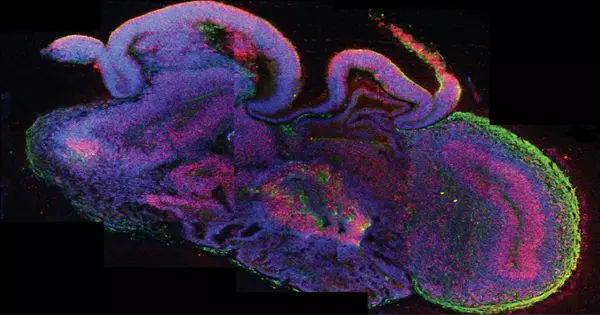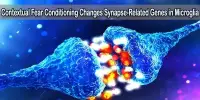A cerebral organoid, also known as a brain organoid, is an artificially grown, in vitro miniature organ that resembles the brain. These are three-dimensional tissue cultures derived from human pluripotent stem cells (hPSCs) that mimic certain aspects of the developing human brain. They are created by cultivating pluripotent stem cells in a three-dimensional rotational bioreactor for months. These structures are grown in vitro and used as a model system to study brain development, disease mechanisms, and potential treatments.
The brain is a highly complex system of heterogeneous tissues that includes a diverse array of neurons. Because of this complexity, studying the brain and understanding how it works has proven to be a difficult task in neuroscience, particularly when it comes to neurodegenerative diseases.
The goal of developing an in vitro neurological model is to study these diseases in a more simplified and variable environment. Many potential in vivo limitations are not present in this 3D model. Because of the differences in physiology between human and other mammalian models, the scope of study in neurological disorders is limited.
Cerebral organoids are synthetic tissues that contain various types of nerve cells and have anatomical features that mimic cortex regions seen in human brains. Cerebral organoids are most similar to the cortex and choroid plexus, which are layers of neurons. Structures similar to the retina, meninges, and hippocampus can form in some cases.
Here are some key points about cerebral organoids:
- Origin and Development: Cerebral organoids are typically created from human pluripotent stem cells, which can differentiate into a variety of brain cell types. The cells self-organize into three-dimensional structures that resemble early human brain development in some ways.
- Structure and Composition: These have a primitive architecture similar to that of a developing brain, with distinct regions such as the cerebral cortex, ventricles, and sometimes even more specialized structures such as the hippocampus. These organoids contain a variety of cell types, including neurons and glial cells.
- Applications in Research: These have proven to be useful tools in neuroscience research. They serve as a platform for research into the early stages of human brain development, the modeling of neurodevelopmental disorders, and the impact of genetic and environmental factors on brain function.
- Disease Modeling: One of the significant applications of cerebral organoids is in modeling neurological diseases. Researchers can induce specific genetic mutations associated with diseases like microcephaly, autism, and other neurodevelopmental disorders to study disease mechanisms and test potential therapeutic interventions.
- Ethical Considerations: The use of cerebral organoids has raised ethical questions and concerns, particularly regarding their level of consciousness and ethical treatment. While these organoids lack the complexity of a fully developed brain and consciousness, ethical considerations surrounding their use continue to be a topic of discussion.
Limitations
Cerebral organoids, despite their potential, have limitations. They lack the full complexity of a mature human brain and are much smaller and less organized than the real thing. Furthermore, variability between organoids and batch-to-batch differences pose challenges to research standardization and reproducibility.
Cerebral organoids are a promising tool for understanding human brain development and disorders. Ongoing research aims to improve these models by addressing their shortcomings and increasing their utility for scientific and medical purposes.
















